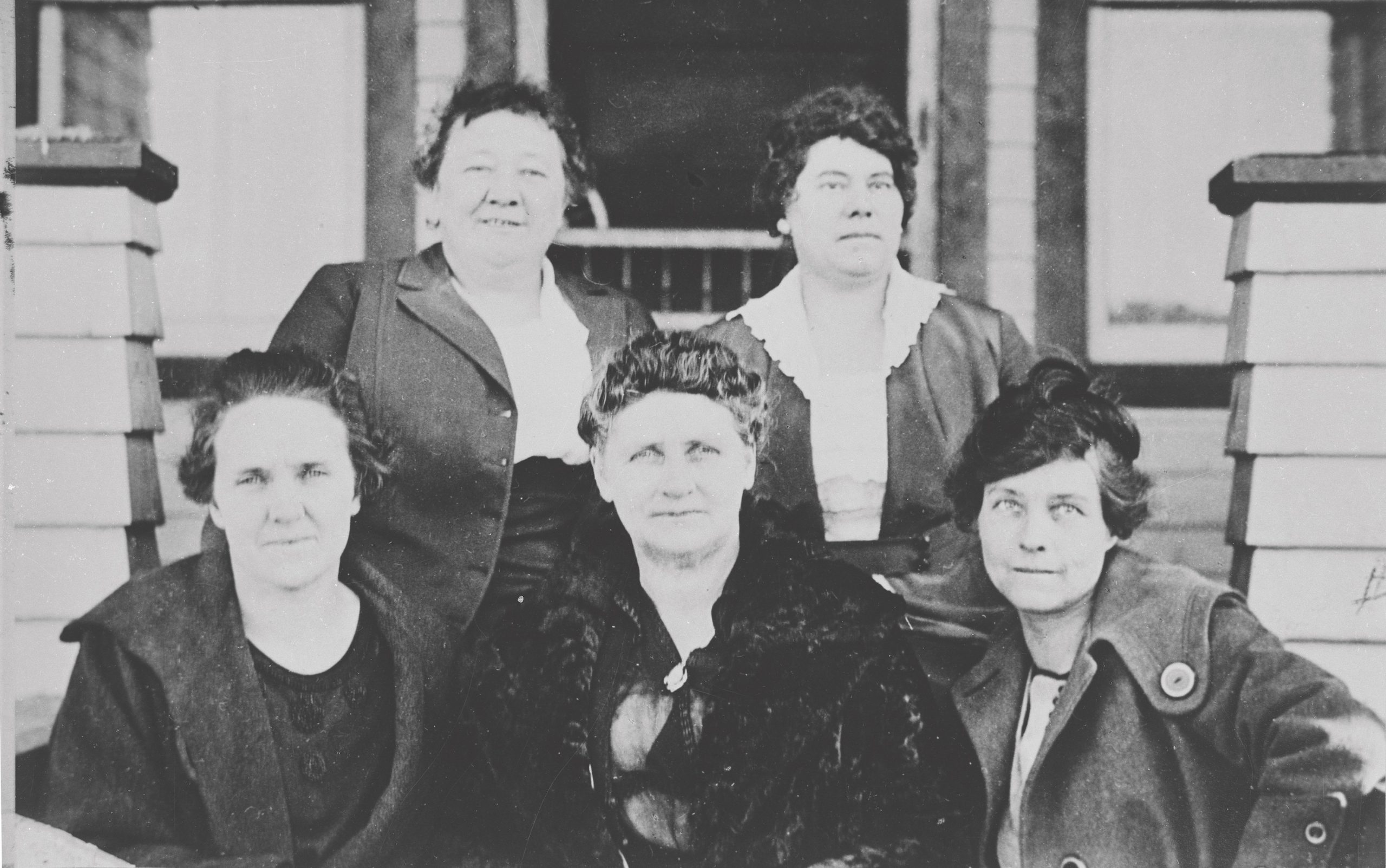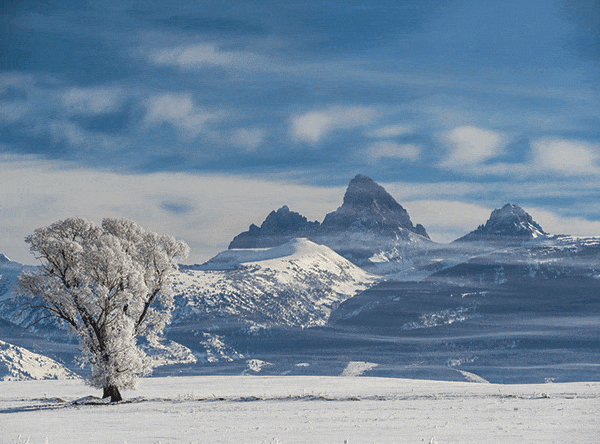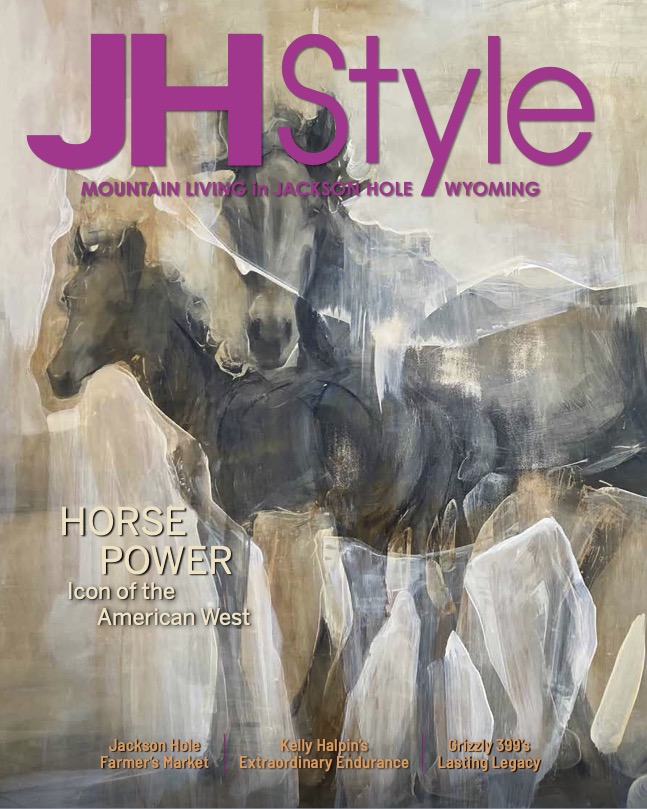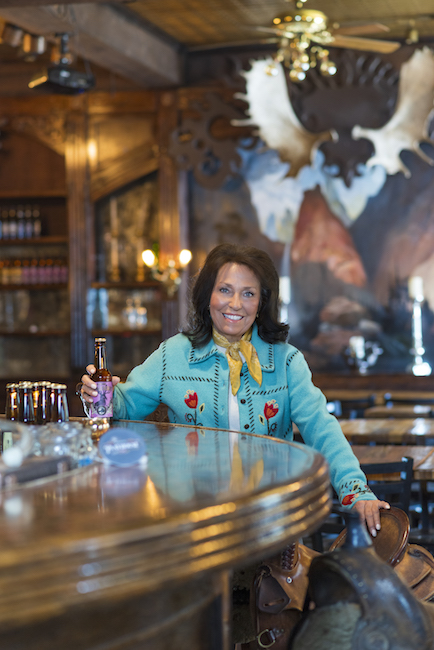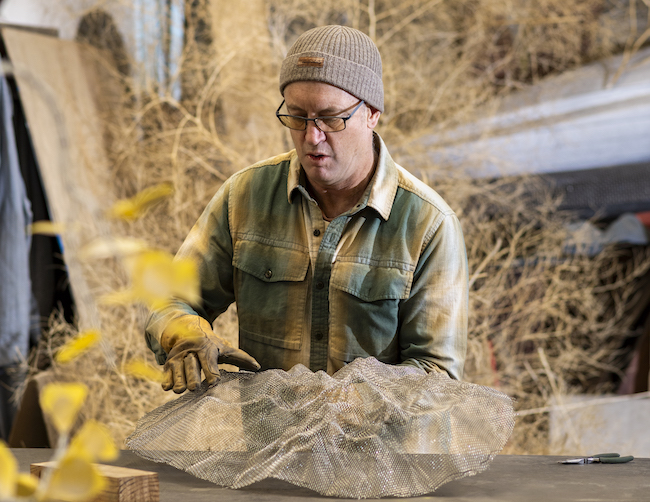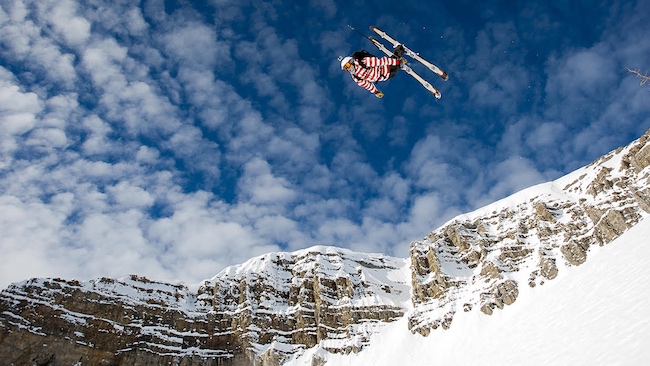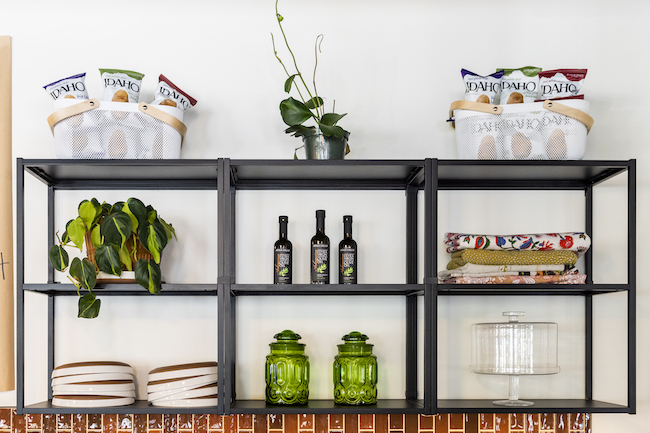Classroom Warriors
15 Mar 2021
Teachers rise to the challenge of teaching during a pandemic
Winter 2020/2021
Written By: Melissa Thomasma
I was fortunate to be raised in a family of teachers and surrounded by countless creative, passionate educators. They’ve always been a dedicated and deeply caring cadre of people — and those traits have never shined brighter than in the darkness of the pandemic.
Their task has been far from easy, and yet they’re stepping up to discover creative ways to not only deliver important content, but also offer their students heartfelt connection, leadership, and even laughter. Across the physical gulfs of social distancing and through the opacity of a classroom obscured by face masks, these teachers are digging deep, getting innovative, and tirelessly working to ensure that their students are thriving.
BRIAN HAGER
High school science and sustainable agriculture
Summit Innovations School
“As a science teacher, my practice has always relied on hands-on experimentation and demos with my students. While virtual labs do exist, and video demos are abundant, it is just not the same with respect to tactile learning and manipulative thinking,” he says.
Brian has found ways to bring science to his students, even from afar. “I’ve modified some labs to be ‘kitchen appropriate,’ when possible, and given students the opportunity to involve their family with some level of experimentation at home.”

Despite the strain of new challenges, Brian has seen some positive impact on his students. “Honestly I’m seeing an improvement in the quality of work and student engagement. I know it may be hard to believe, but it seems like my students are more eager to learn, and perhaps even miss school a little bit!”

KATE KOOL
Kindergarten
Jackson Elementary School
The biggest challenge for Kate, and other instructors of very young children, is distancing within the classroom. “To maintain distance, teachers utilize individual desks, spaced as far apart as possible. This eliminates the possibility of community rugs, play kitchens, and such. Young students sitting at a desk for large portions of the day is not physically appropriate,” she explains.
So, she’s had to get creative. She groups the desks into color-coded groups to help kids feel connected. “I have also incorporated flexible seating, when possible, so students can choose a wobble stool, tiny table, or yoga mat and clipboard, as opposed to the desk being their only option. There are definitely silver linings; our class bonded on hyper speed. We are in a pod, and not interacting with other classes, so we became a class family quickly.”
Instructors of young children have found that keeping things simple is best. “We hold circle discussions and discuss how everyone is coping with the changes, we sing songs about masks and germs to keep it light, we read books that were published quickly around being responsible with masks and hand washing. In kindergarten, we don’t discuss death tolls, hospitals being overwhelmed, or the politics of the pandemic; we are playing with play dough,” Kate says.
JORDY GRIFFIN
7th grade history and social studies
Jackson Hole Middle School
Though new schedules and logistics have forced teachers to reimagine how they lay out their teaching plans, Jordy says there have been positive aspects, too.
“It’s been tough trying to cover the curriculum with fewer teaching days. I feel like we are being successful, though; we have longer class periods, and we’re able to take advantage of virtual instruction. Forging personal connections with the kids is more difficult due to face coverings and less time together in person, but again, virtual connections help, as well as smaller class sizes. Ironically, virtual Fridays go a long way with connecting because I get to see the kids’ unmasked faces!”

Jordy has also found opportunities to explore the past in ways that help his students contextualize — and even feel hopeful — about the future. “Being a history teacher, I’m able to look to the past to help the kids make sense of the current moment. For example, last spring we studied an article from the 1918 Jackson paper about the Spanish flu epidemic. It went a long way to provide understanding of what we are experiencing right now. Many of the kids expressed that it gave them a sense of hope that we will make it through, and life will return to ‘normal’ at some point.”

DREW OVERHOLSER
11th & 12th grade history and environmental studies
Mountain Academy of Teton Science Schools
Drew has noted similar challenges with the nature of creating meaningful connections from a distance and behind masks. “Not being able to lean over a student’s shoulder and truly work one-on-one has been hard; it has also been more difficult to ‘read’ a student’s comprehension of material or whether they think my jokes are funny — all of these clues are hidden behind a mask.”
Virtual learning has proven helpful in overcoming these gaps to a certain degree, he says. “I like using the breakout room function on Zoom — it allows for small group discussion. I have even seen it lead to a freer exchange of ideas and to kids speaking up who might not otherwise in a larger group discussion.”
Drew has also found that exploring new ways to make content interactive and fun improves kids’ engagement. “I’m also more thoughtful of how to make class fun — I have always done that, but now feel the need more than ever — whether virtually or in-person.”
LISA LOWENFELS
4th & 5th grade
Kelly Elementary School
With fewer paraprofessionals and volunteers in the building, Lisa has seen teachers stepping up to help in ways that aren’t in their job descriptions.
“I’m lucky to work with a staff that is supportive and willing to get creative around ways to support each other’s classroom needs! Teachers are taking on additional responsibilities, including everything from office duties and library shelving to daily recess/lunch duties and grounds cleanup,” she says.
Staff are also proactively looking out for one another in order to avoid burnout. “We are reworking our lunch and recess duties to allow each teacher a much-needed 30-minute break each day,” Lisa says. “We are trying to stay present with students and help them navigate each moment as it comes. Additionally, giving students dependable routines has helped many to find predictability in a world of many current unknowns. Maintaining traditions with a little ‘reshaping’ also helps students find some realm of normalcy in this academic year. We are taking time to have fun, to get outside and breathe fresh air, and to find ways to laugh together!”
“COVID has really highlighted the importance of giving my students as much love as possible, each and every day. The cumulative effects of the pandemic aren’t always obvious, but are certainly being felt and internalized by each child. Focusing on creating safe and loving relationships with students prioritizes wellness over academics, which in my opinion, is crucial. Without our personal wellness intact, we can’t even begin to talk about learning.”

